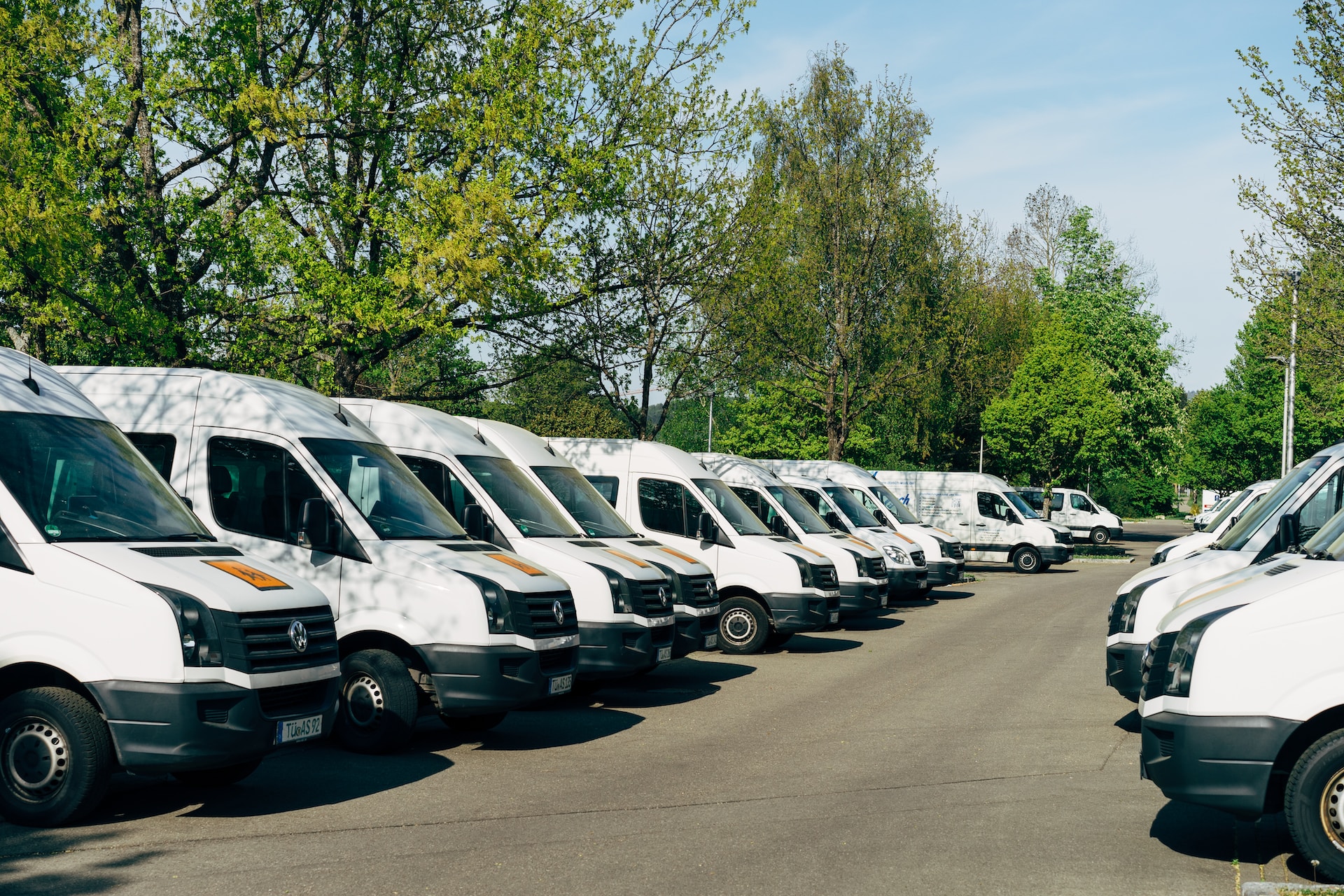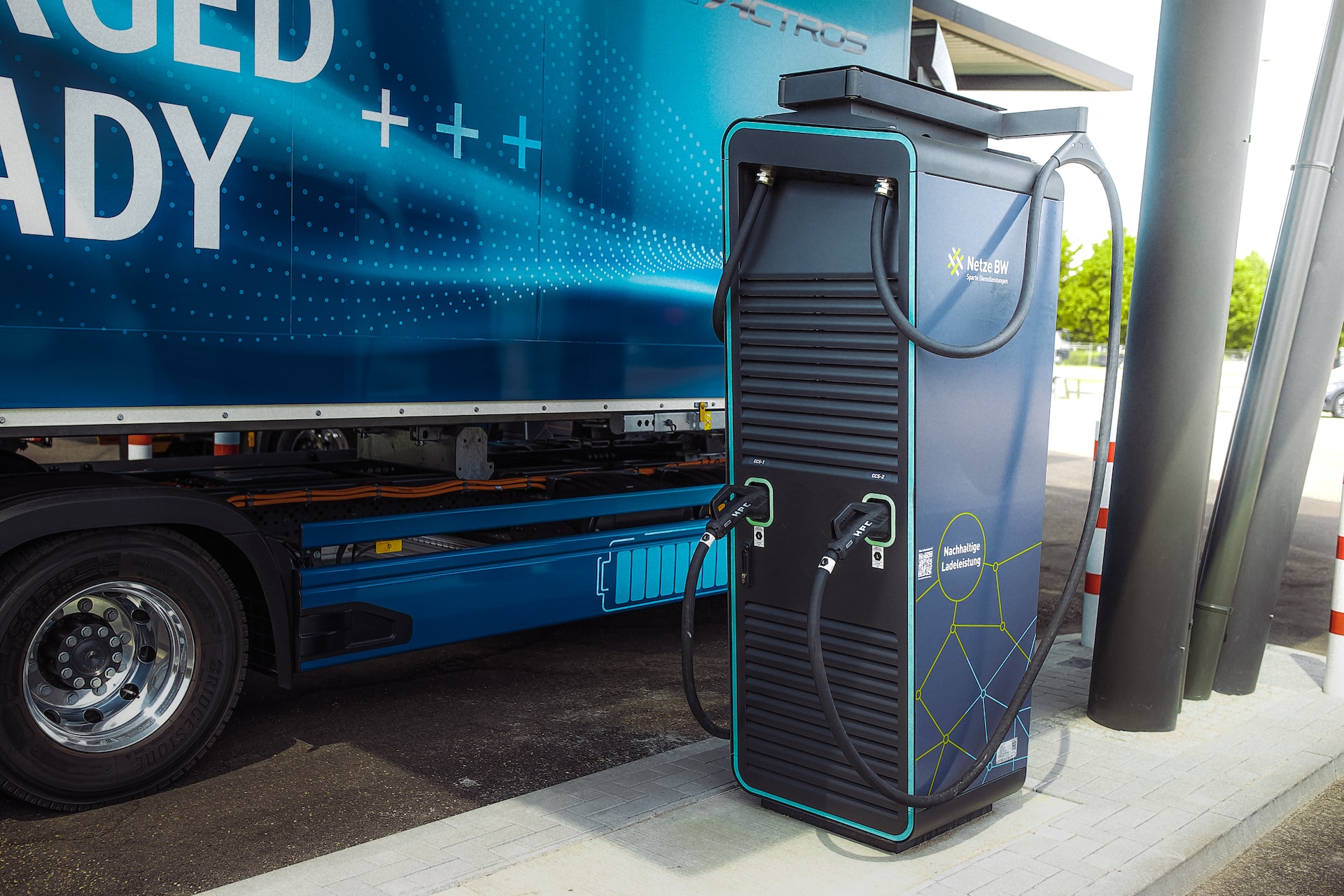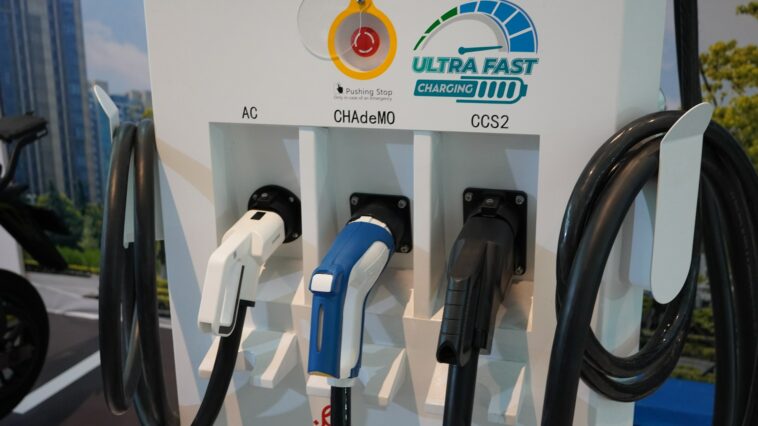By Emily Newton
Electric vehicles (EVs) are undoubtedly the biggest technology trend in the automotive space today. As more automakers release electric models and environmental issues grow more prominent, the prospect of EV fleets is becoming increasingly promising. However, the need for EV charging infrastructure may slow the clean transportation revolution.
THE DEMAND FOR EV FLEETS
Despite the skyrocketing popularity of EVs, commercial EV fleets lag behind consumer markets. There were just 24,000 electric light commercial vehicles in the US in 2021, compared to over a million electric passenger cars.
However, demand and availability for alternative commercial vehicles are both rising quickly. Electric medium- and heavy-duty truck sales more than doubled between 2020 and 2022, while overall vehicle sales remained the same. Much of that growth comes from more commercial-grade EV models becoming available.
As pressure to embrace sustainable business practices grows and more automakers focus on EV production, this trend will likely go even further. More and more fleets will at least consider implementing electric vehicles, but this brings the availability of EV charging infrastructure into question.
CURRENT EV CHARGING INFRASTRUCTURE AT A GLANCE
There are currently just over 53,400 Level 2 and 3 chargers in the US. If you include Canada, it brings the total to more than 62,000 charging stations in North America. That’s a considerable number, but it’s nowhere near the amount of gas and diesel fueling stations, and much of this infrastructure is in or around larger urban areas.
More rural areas—notably, much of the Midwest—feature far fewer charging ports. That can be an issue considering EVs’ relatively limited ranges. Most newer EVs hover between 200 and 300 miles per charge. Commercial options typically fall toward the upper end of the scale, even going beyond that, but that still limits possible routes.
It’s also important to consider how long it takes to charge an EV. Level 2 chargers add roughly 25 miles of range per hour of charging, so recharging a large vehicle can take several hours. Level 3—or DC fast charging—can add hundreds of miles in under an hour, but there are fewer of these and not as many compatible EV models.
INFRASTRUCTURE GROWTH ON THE HORIZON
 Considering all these factors, the current EV charging infrastructure isn’t enough to support large-scale adoption of EV fleets. However, it’s also important to note this infrastructure is proliferating, much like EVs themselves.
Considering all these factors, the current EV charging infrastructure isn’t enough to support large-scale adoption of EV fleets. However, it’s also important to note this infrastructure is proliferating, much like EVs themselves.
The Bipartisan Infrastructure Law invests $7.5 billion in EV charging, including $7.4 million for medium- and heavy-duty vehicle charging infrastructure. This investment also allots $2.5 billion in grants over five years to local authorities to install new public EV chargers. It may take a few years to see the results of this funding, but it’ll undoubtedly increase available charging capacity.
Cities will likely still account for most of this infrastructure because they service more vehicles. That said, more rural areas may see more significant growth by comparison, considering their current low availability.
IS IT ENOUGH?
EV charging infrastructure’s growth over the next few years may be significant. Whether it will match EV fleet demand simultaneously is less certain.
The investment from the Bipartisan Infrastructure Law aims to install 500,000 public EV chargers by 2030. Up to 30% of heavy-duty truck sales by that time could be EVs. If overall sales figures remain consistent, that leaves less than two chargers for every new commercial-grade EV.
That would be more than enough chargers, but it’s important to note not every charging station is sufficient for commercial-grade EVs. Large trucks have larger battery capacities, requiring far more charging time. To be practical, they’d have to rely exclusively on DC fast chargers or have Level 2 chargers in overnight stations, which this charger rollout may not provide.
The key issue isn’t how many chargers there are but where and what type they are. It’s unclear how future rollout will impact these factors, which may cast doubt over charging infrastructure’s ability to keep up.
HOW TO BRIDGE THE EV CHARGING INFRASTRUCTURE GAP
Public charging infrastructure growth may not match EV fleets’ needs for a while, but that doesn’t mean electrified fleets aren’t viable. You can help sustain your demand and embrace clean transportation with these steps.
PLAN EV FLEET ROUTES IN ADVANCE
EV fleets can work around minimal charging infrastructure by planning ahead. You can use artificial intelligence-assisted routing technology to find the most efficient paths between destinations. You can then compare these to available fast chargers and your fleet’s ranges to find ideal routes for EVs.
Similarly, take a more involved approach to EV maintenance to maximize their range. Electric trucks don’t need as much regular care, but keep an eye on things like tire wear. Tire inflation can affect fuel efficiency by 3% and may impact EV ranges even more heavily, given EVs’ increased weight and higher torque.
INSTALL PRIVATE CHARGING STATIONS
 Next, consider installing your own charging stations. Your operations hubs are an excellent place to start, but you can also purchase land along common routes to install charging infrastructure. Taking this charger expansion into your own hands instead of waiting on the government will ensure you can meet your specific charging needs sooner.
Next, consider installing your own charging stations. Your operations hubs are an excellent place to start, but you can also purchase land along common routes to install charging infrastructure. Taking this charger expansion into your own hands instead of waiting on the government will ensure you can meet your specific charging needs sooner.
When constructing these stations, consider your vehicles’ charging needs and design around these to provide the port type and wattage you need. DC fast charging is preferable, but Level 2 chargers may be more affordable. The latter is ideal for rest stops or operations hubs where vehicles will sit for long periods.
EXPLORE FUNDING OPPORTUNITIES
As you expand your EV fleet and install new charging infrastructure, look for ways to ease the financial burden. Many government incentive programs offer compensation for sustainable initiatives like this, so explore your options to make them more cost-effective.
Programs vary by state, but some federal incentives offer significant savings opportunities. The National Electric Vehicle Infrastructure program covers up to 80% of project costs for new charging stations that meet particular criteria. Powering charging infrastructure with renewables can help qualify you for more incentives and reduce grid energy spending.
EV FLEETS NEED MORE INFRASTRUCTURE, BUT CHANGE IN POSSIBLE
EV charging infrastructure is one of the biggest barriers to large-scale EV adoption. However, you can work past this obstacle by taking a hands-on approach to charger growth and planning EV routes in advance.
Charging stations will have to become much more common across more areas for large EV fleets to be viable. That change is possible, though—especially if more companies take it into their own hands.
About the Author
Emily Newton is an industrial writer with over five years’ experience writing industrial topics for the construction, manufacturing, and supply chain industries.




